Research team develops ultrathin, transparent oxide thin-film transistors for wearable display
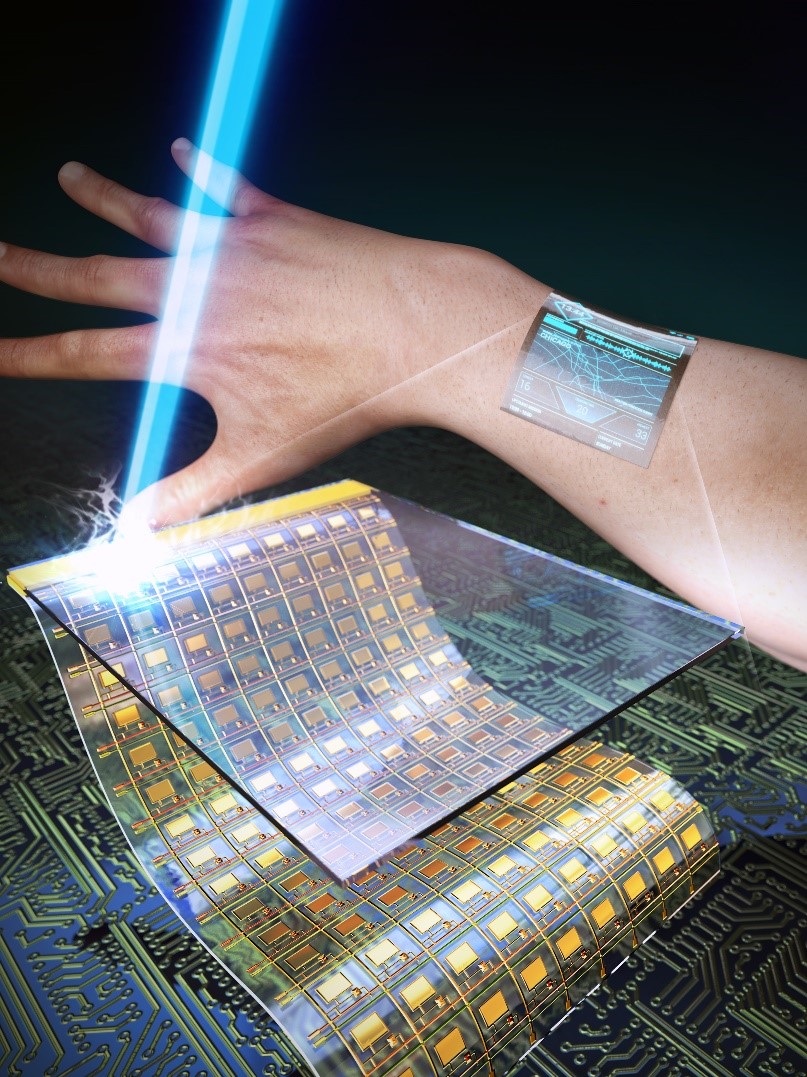
With the advent of the Internet of Things (IoT) era, strong demand has grown for wearable and transparent displays that can be applied to various fields such as augmented reality (AR) and skin-like thin flexible devices. However, previous flexible transparent displays have posed real challenges to overcome, which are, among others, poor transparency and low electrical performance. To improve the transparency and performance, past research efforts have tried to use inorganic-based electronics, but the fundamental thermal instabilities of plastic substrates have hampered the high temperature process, an essential step necessary for the fabrication of high performance electronic devices.
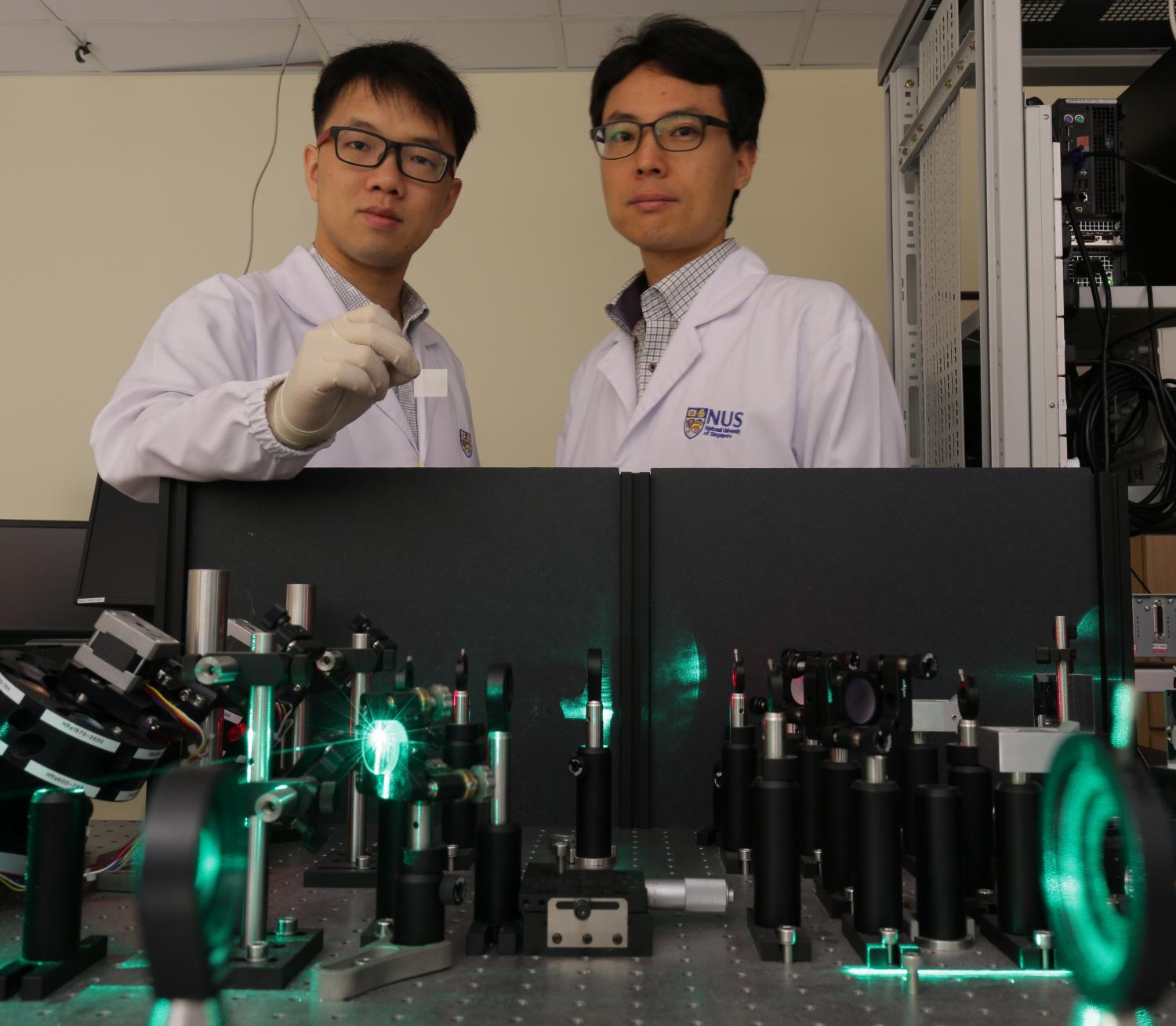
Low-cost, flexible terahertz radiation source for fast and non-invasive screening
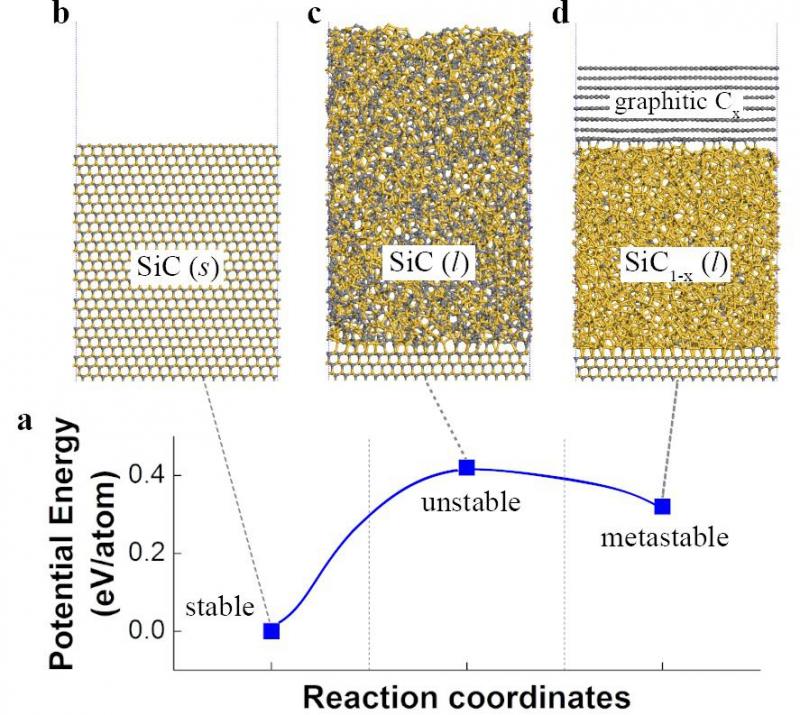
How laser annealing technology can lead to production of ultrathin nanomaterials
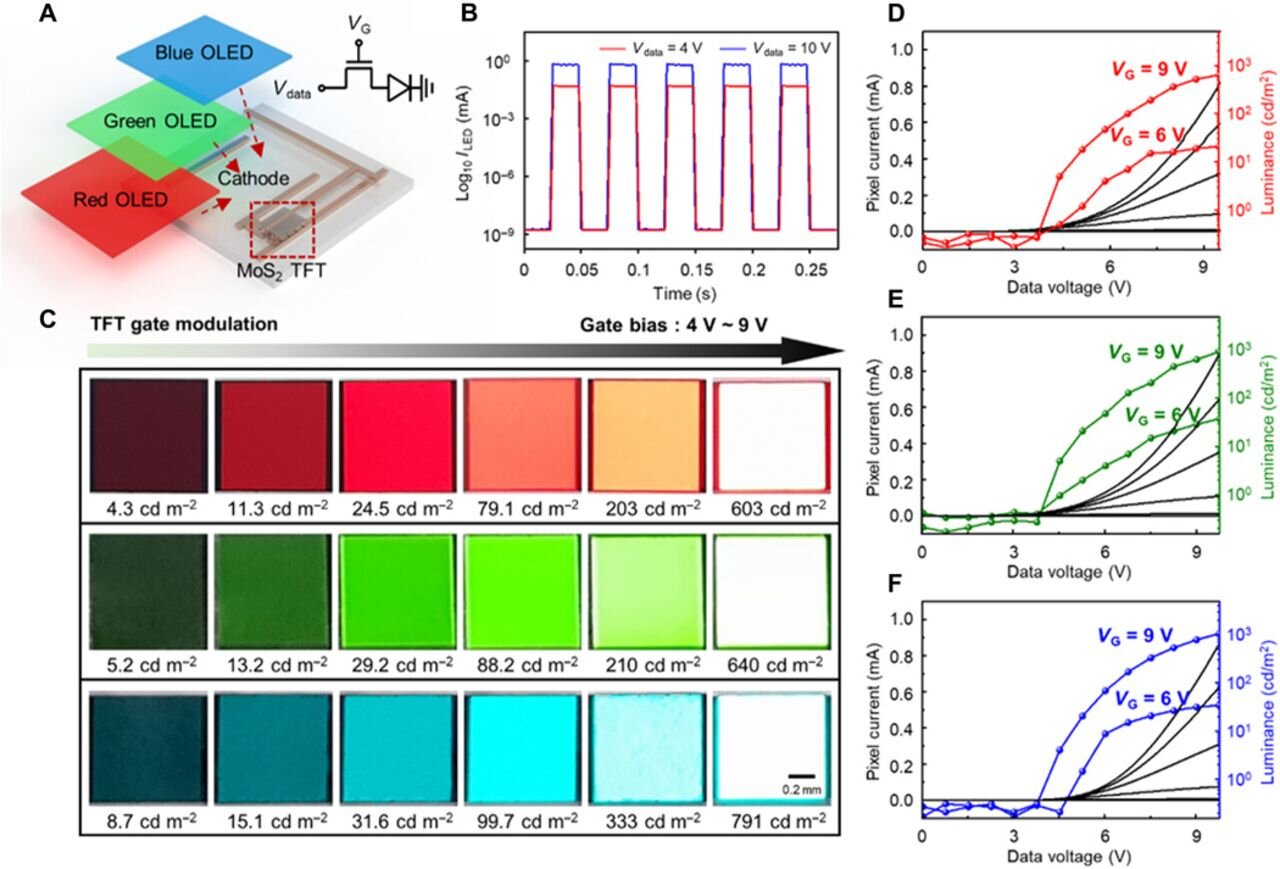
Active-matrix organic light-emitting diode display on human skin
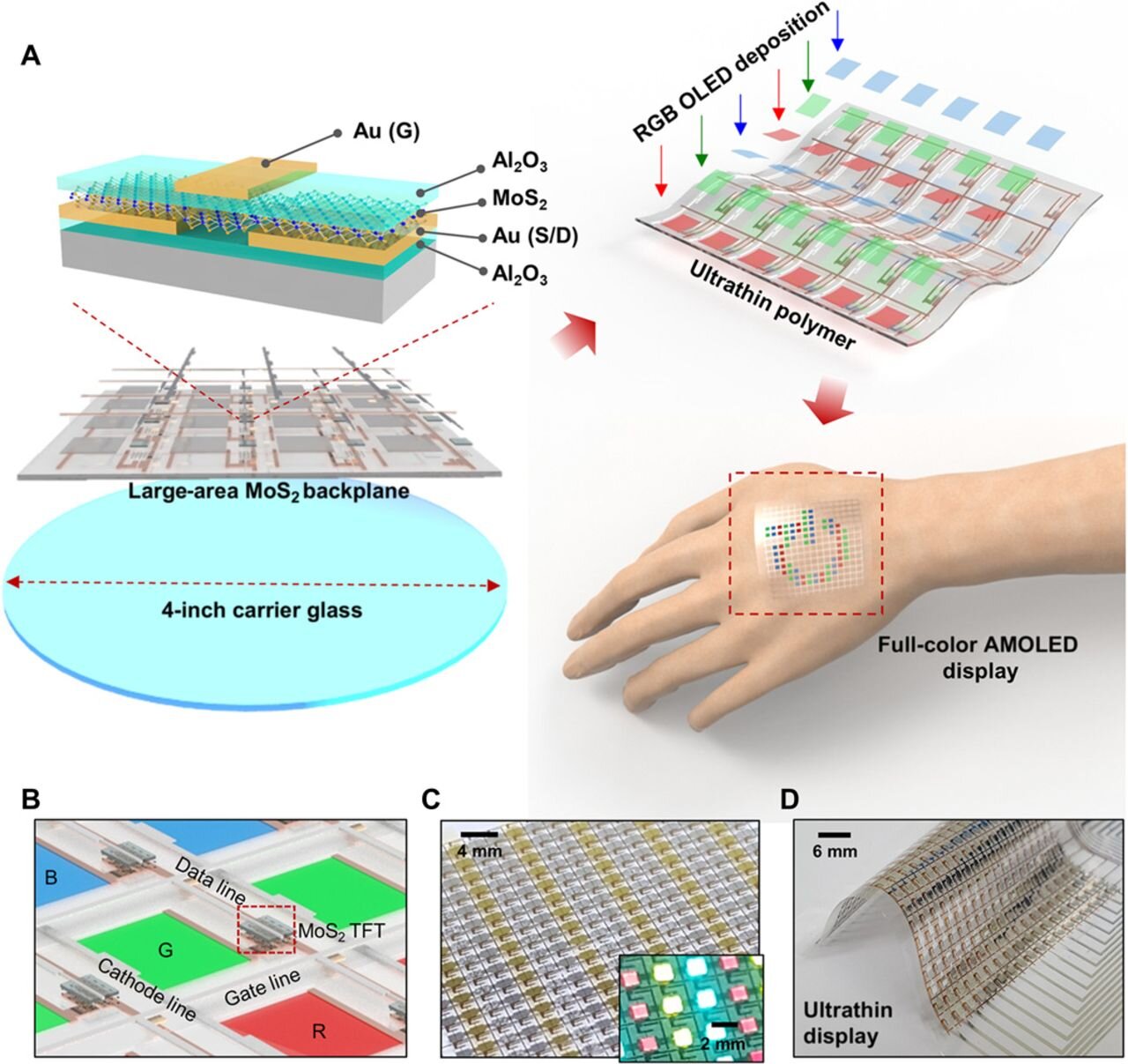
Active-matrix organic light-emitting diode display on human skin

Jose Miguel Carreño (@jmcarrenocanas) / X

Jose Miguel Carreño (@jmcarrenocanas) / X

Super-flexible liquid crystal device for bendable and rollable displays

Jose Miguel Carreño (@jmcarrenocanas) / X

Researchers propose a simple, inexpensive approach to fabricating carbon nanotube wiring on plastic films
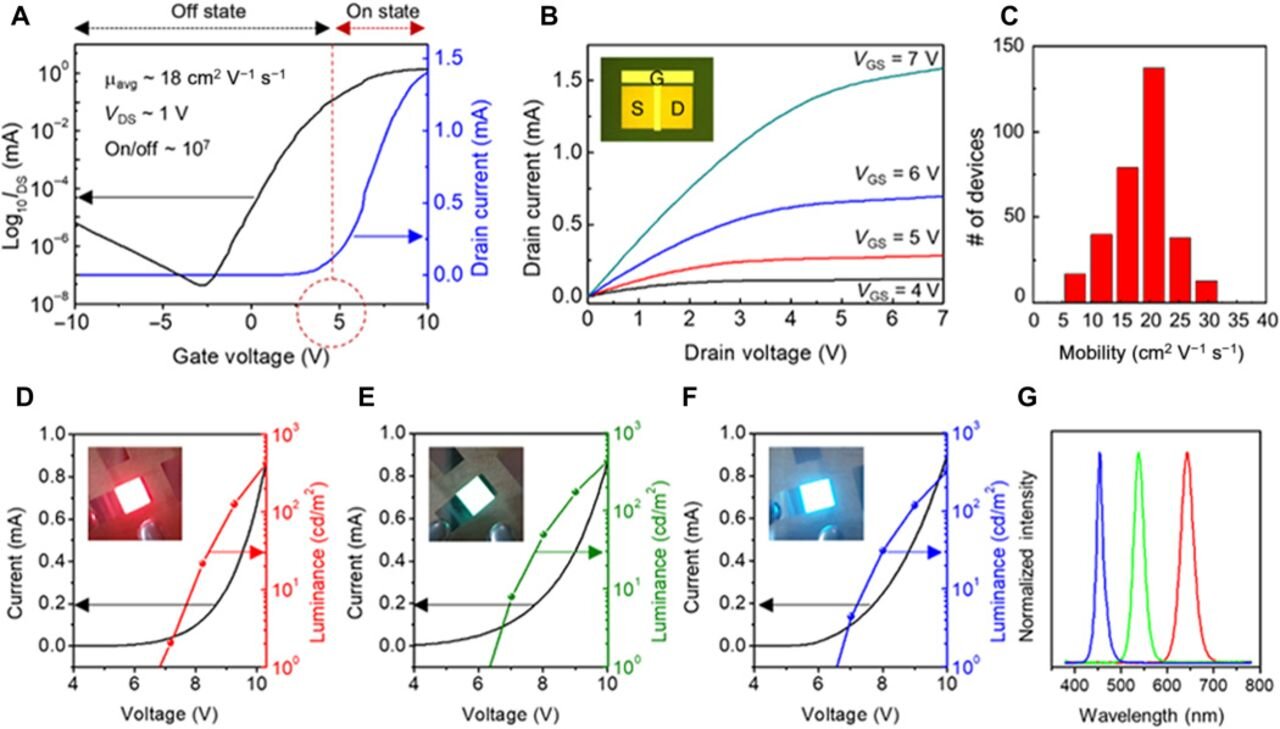
Active-matrix organic light-emitting diode display on human skin

Transparent loudspeakers and mics that let your skin play music

Research team develops ultrathin, transparent oxide thin-film transistors for wearable display







